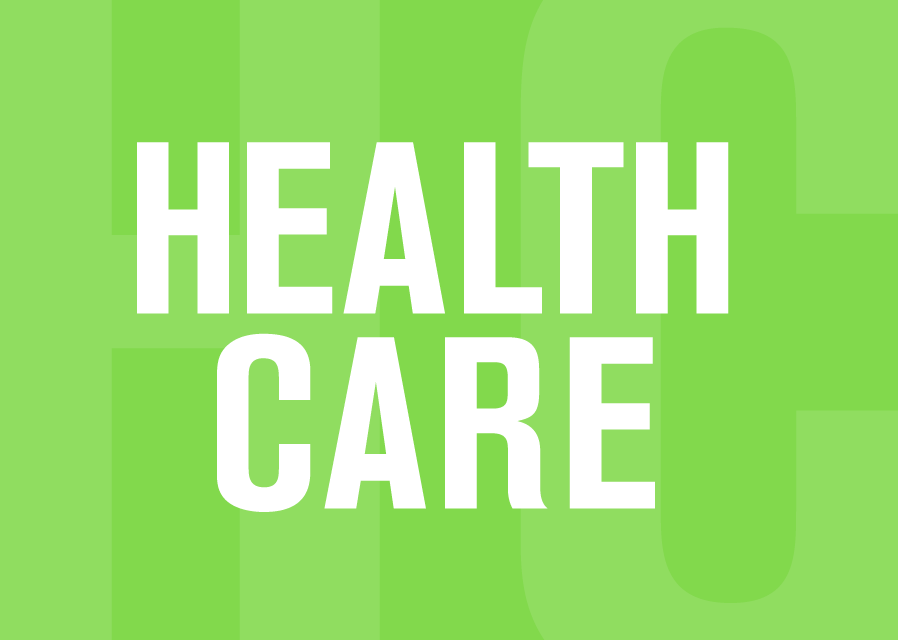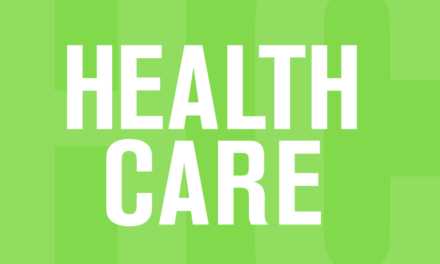The Parliamentary Budget Office (PBO) made news last week when it revealed that based on its calculations this year’s federal budget would show a slight deficit rather than the small surplus the Harper government has been touting as evidence of its fiscal brilliance. After putting the story on the front page, above the fold no less, the Globe and Mail corrected that news misjudgment on its editorial page, with a leader headlined “Why it just doesn’t matter.” As the Globe explained, a small deficit has no real effect on the country’s solvency and may in fact be a good thing during the recession we may or may not be into. So, balance-smalance, no big deal.
But we are 80 some days away from a federal election, and even if it doesn’t much matter, it was predictable that the PBO’s update on the 2015-16 budget, released on Wednesday, received a lot more political and media attention than the report the PBO put out a day earlier. That earlier document, the Fiscal Sustainability Report, is about something that does matter, fiscal balance and the funding of health care. It provides ammunition for those – health coalitions, the provincial premiers and the federal NDP among others – who want an increase in federal health transfers to the provinces.
Basically what the report reveals is that over the long term the federal government can significantly increase health transfers to the provinces while at the same time retaining options either to increase spending in other areas, cut taxes or reduce debt. On the other hand, if the feds don’t increase health transfers beyond the cap that comes into effect in 2017 they will be forcing provinces to choose among unpalatable options of cutting services, raising taxes or piling on debt. To state the obvious, the direction chosen does matter a great deal, especially to those of us living in less-favoured provinces like Nova Scotia.
The wonky details
So what is “fiscal sustainability?” According to the PBO, “fiscal sustainability means that government debt does not ultimately grow faster than the economy.” The metric employed is debt-GDP ratio, which according to the PBO now stands at 34.1% for the feds and 34.4% per cent for provincial, local and aboriginal (or subnational) governments. (The PBO’s calculations of debt-GDP are slightly different from those reported by Statistics Canada and cited in my July 1 post, but are consistent with the main point of that piece – provincial and local governments now bear more of the national debt than the feds do).
The current combined debt-GDP ratio is not necessarily the standard. According to Statistics Canada, net general government debt to GDP was 98.3% in 1995 and in 2000 it stood at 79.5%. Now it’s a combined 68.5%, one of the lowest of among industrialized countries. Some would argue that it should be higher during a time of near recession and government cutbacks. Others would like it lower, for one reason or another. Nevertheless, 68.5% is the current bar, and the PBO report attempts to evaluate whether, in order to keep it at that level, “policy changes are required to correct the long-term path of public debt, after considering the economic and fiscal impacts of population ageing” (my italics).
The PBO analysis thus takes into account the dreaded grey tsunami – the ageing population that some alarmists say has us between the rock of government bankruptcy and the hard place of medicare destruction – and projects government debt and public pension plan assets over a 75-year horizon. If debt relative to GDP is projected to rise above its current level over the long term, fiscal policy is deemed to be not sustainable and in need of policy action. The degree to which policy is unsustainable is the “fiscal gap” (bad), which measures the amount of policy action required, or “fiscal room” (good) available, to stabilize the debt-to-GDP ratio at its current level 75 years into the future.
The analysis leads to some interesting conclusions. The positive news is that despite the ageing population and the recent federal vote-buying exemplified by increases in the Universal Child Care Benefit and the Tax Free Savings Account caps, government debt (the combined federal and subnational governments and public pension plans) is fiscally sustainable. That’s worth repeating. Overall government debt to GDP is projected to remain stable 75 years into the future without spending cuts or tax increases. Also worth repeating, the debt-GDP ratio projected to remain stable is 14% lower than it was at the beginning of the century.
The bad news is that the entire government sector is in this happy state only because the available fiscal room (good) of the federal government offsets the fiscal gap (bad) of provincial and local governments. The PBO projects that the feds are on track to eliminate their net debt entirely by 2050, a Harperite’s dream scenario. The lower orders of government are not so fortunate. Although health care spending increases have slowed in recent years “subnational governments cannot meet the challenges of population ageing under current policy.” As a result, without billions in spending cuts and/or tax increases provincial debt-to-GDP is projected to exceed Greece-like levels, reaching 200% in 75 years.
Some recent history
Last week’s was the sixth annual Fiscal Sustainability Report put out by the PBO in its eight-year history. Reading through earlier reports (posted on the PBO website) it is easy to pinpoint how Canada has reached this place where the feds are on course to eliminate their debt while the provinces are heading towards the dumpster. The projected state of affairs is the direct result of the Conservatives’ 2011 post-election announcement that effective in 2017, instead of the prevailing 6% a year, increases in health transfers would be tied to growth in the GDP.
A few months before that announcement, in September 2011, the PBO’s second annual Fiscal Sustainability Report, declared that “the fiscal structure at the federal and provincial-territorial level is not sustainable over the long term.” The report estimated the combined fiscal gap (bad) was equivalent to 2.7% of GDP. Over half of that – 1.5% – belonged to provincial and local government, 1.2% to the feds.
In January 2012, a follow-up PBO report revealed that as a result of the planned change in health transfers, the long-term picture had changed dramatically. The overall fiscal gap which then stood at 2.4%, was made up of a 2.9% gap (bad) for the provinces, offset by a 0.5% in (good) fiscal room for the feds. By slashing its contributions to health funding to growth in the GDP, the feds will have transferred to the provinces the entire responsibility for coping with the impact of an ageing population on health budgets.
A matter of choice
Over the last three years the overall fiscal gap has dropped to 0.6 in 2013, 0.3 in 2014 and 0.0 this year due mainly to lower health care spending and general government austerity. The PBO report does not examine whether that level of austerity is itself sustainable. However, assuming that it is, we are in a position now where the federal government’s fiscal room exactly matches the fiscal gap of the provinces. As the PBO report puts it:
The federal government could reduce taxes or increase spending by $28 billion in 2015 (and maintain that policy as a proportional share of GDP) while returning to a net debt-to-GDP ratio of 34.1 per cent after 75 years.
As for the lowly and divided subnational sector, it would need to increase the primary balance by the same amount “by raising its revenues, higher transfers from the federal government, reducing program spending or some combination of the three in order to return to a net GDP ratio of 34.4 per cent.”
So those are the choices resulting from the Harper government’s unilateral decision to limit health transfers starting in 2017. The Conservative status quo means a future of spending cuts, tax increases and growing debt at the provincial and local levels while the feds get to decide between increased spending, reduced taxes or elimination of the federal debt. It’s a future in which the federal government fiddles while the services provincial and local governments are mandated to provide – notably health, education and community services – burn, especially in the poorer provinces. But as the PBO report makes clear, those choices are driven by politics and ideology, not be an ageing population or “cash-strapped” governments.
The PBO report acknowledges “considerable uncertainty” in its long-term projections. They are not “a forecast of what will happen over the coming decades.” Rather, “they are reported to create a conversation about the adequacy of current fiscal policy to deal with expected longterm demographic and economic challenges.“
That conversation has already started as we head towards the election. The Provincial Premiers, with much at stake, have called for an increase in the federal share of health funding to 25%. It now sits at 22% and is projected to drop into the teens in the near future. The Premiers need to raise their voices, even if the national media dismiss their entreaties with a yawn. The Conservatives are sticking to their plan, defending it with misleading but effective soundbites about their record of steadily increasing transfers. The NDP, echoing the call of most health care activists, have promised if elected to cancel the Conservatives’ 2011 edict and continue the 6% annual increase in transfers that has been in place since 2004. That would certainly seem to be the simplest and most politically attractive solution, and subject to some tweaking to encourage reforms and recognize demographic differences between provinces, the most effective. For their part, the Liberals are saying reform first, cash later (maybe). In the only policy statement on health transfers I have found, the Liberals say that “it is far from clear that more money is the only solution. Governments must ensure we’re getting full value for the money already in the system.”
Thanks to the PBO’s report that conversation should be better informed in the future, and that will help those advocating for a strong national health care system that provides equal services to all Canadians regardless of where they live.
-30-





